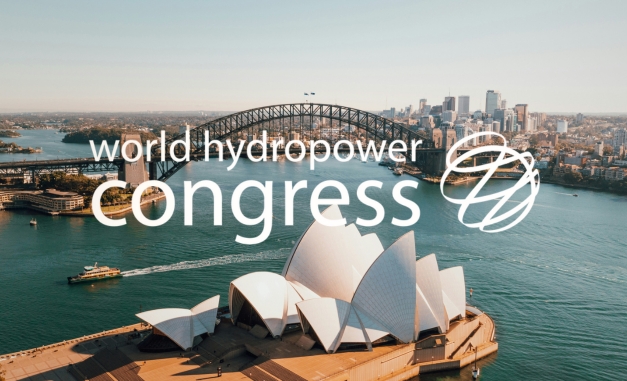New guide on protecting Indigenous rights in hydropower development

Energy infrastructure projects can risk harming the rights of Indigenous Peoples, if their culture, identity and relationship with the land and rivers are neglected.
By implementing a transparent consultation process in good faith, project developers and Indigenous representatives can work together to help to ensure that communities are protected and even benefit from new energy infrastructure.
To provide guidance to hydropower developers and operators, the International Hydropower Association (IHA) has released a new How-to Guide on Hydropower and Indigenous Peoples. It explores how best to engage with these communities to ensure that hydropower projects respect the dignity and human rights of Indigenous Peoples throughout their operating life.
A resource that protects rights
Eduard Wojczynski, author of the new How-to Guide said: “As Indigenous Peoples are often among the most marginalised and vulnerable segments of the population, there is increasing recognition that they have special individual and collective rights and interests.
“For hydropower, this requires developers and operators putting in place processes and implementing measures that respect Indigenous Peoples, their rights and their cultures.
“I hope the good practices outlined in the guide will help ensure that hydropower can be a resource that protects the rights of Indigenous Peoples, enhancing their economic and social well-being,” he added.
Hydropower projects can provide a number of services to communities including clean energy generation, flood control and water for irrigation. But, as with any infrastructure development, they could put rights at risk if land tenure and access to natural resources fail to be recognised.
The new guide emphasises the need to involve Indigenous communities as early as possible in a project’s planning and delivery. By doing so, developers can better understand the concerns of those affected and where necessary make changes based on their inputs and perspectives.
Phurpa Tamang, an Indigenous Peoples representative and advocate said: "In the name of development, we should not destroy Indigenous Peoples’ culture and identity which they received from their ancestors. We should promote culture and identity together in a way that brings happiness and social harmony through development activities.
“If developers and operators follow the recommendations of this guide, hydropower can be developed, and cultural rights can be preserved without social conflict,” he added.
Free, prior and informed consent
The guide highlights the Free, Prior and Informed Consent (FPIC) consultation process as an essential tool to achieve good practice outcomes. FPIC is a principle enshrined in the United Nations Declaration on the rights of Indigenous Peoples. It establishes a universal framework of minimum standards for the well-being of Indigenous People around the world.
Guidelines on how and when to effectively communicate and consult with Indigenous Peoples, to understand their livelihoods, traditions, culture and customs are included in the publication, to help developers and operators achieve FPIC.
Alain Kilajian, Senior Sustainability Specialist at IHA said: “As we aim to meet our world’s clean energy needs, more projects might need to be located in remote areas, some of which may be owned or managed by Indigenous Peoples. Business as usual is no longer acceptable, especially in areas of such critical value.
“The goal is that hydropower developers and operators engage with Indigenous Peoples in good faith, with the aim of gaining their Free, Prior and Informed Consent. This guide provides them with the key strategies and approaches to make that goal a reality.”
Read the new How-to Guide on Hydropower and Indigenous People.










